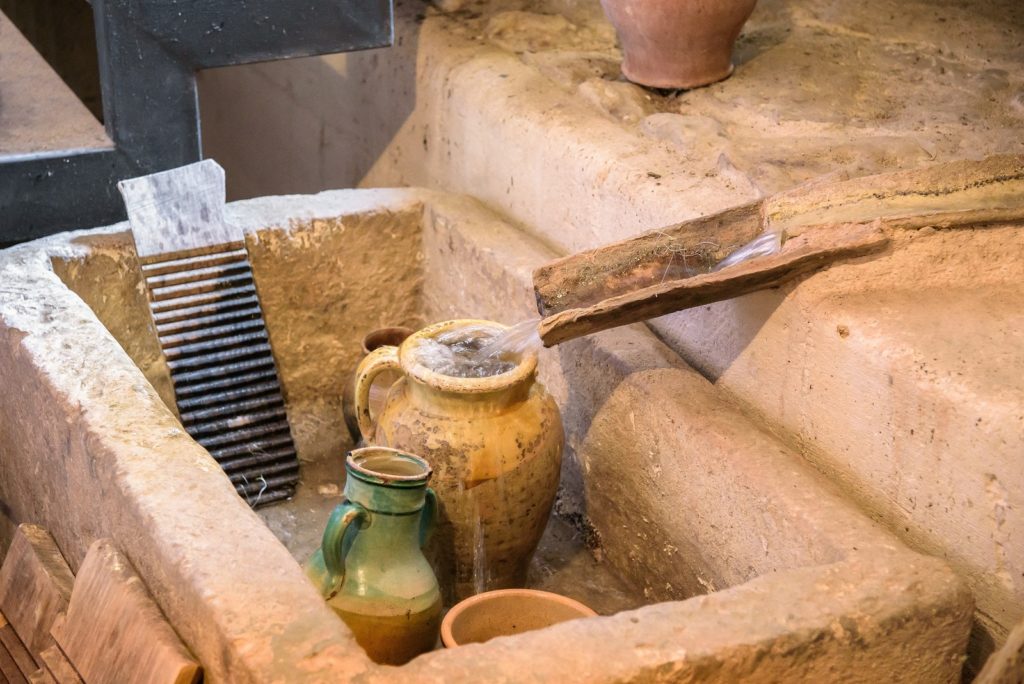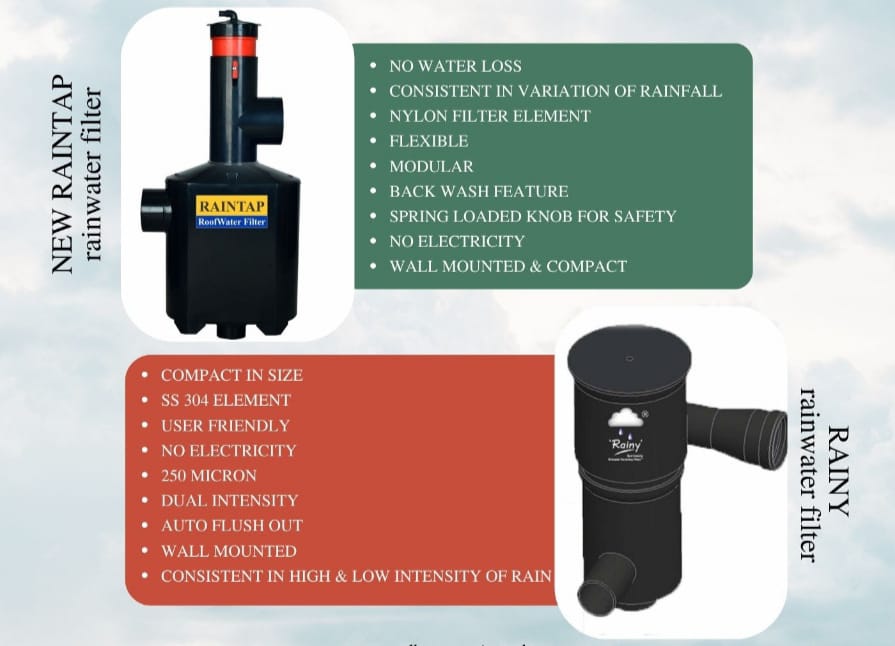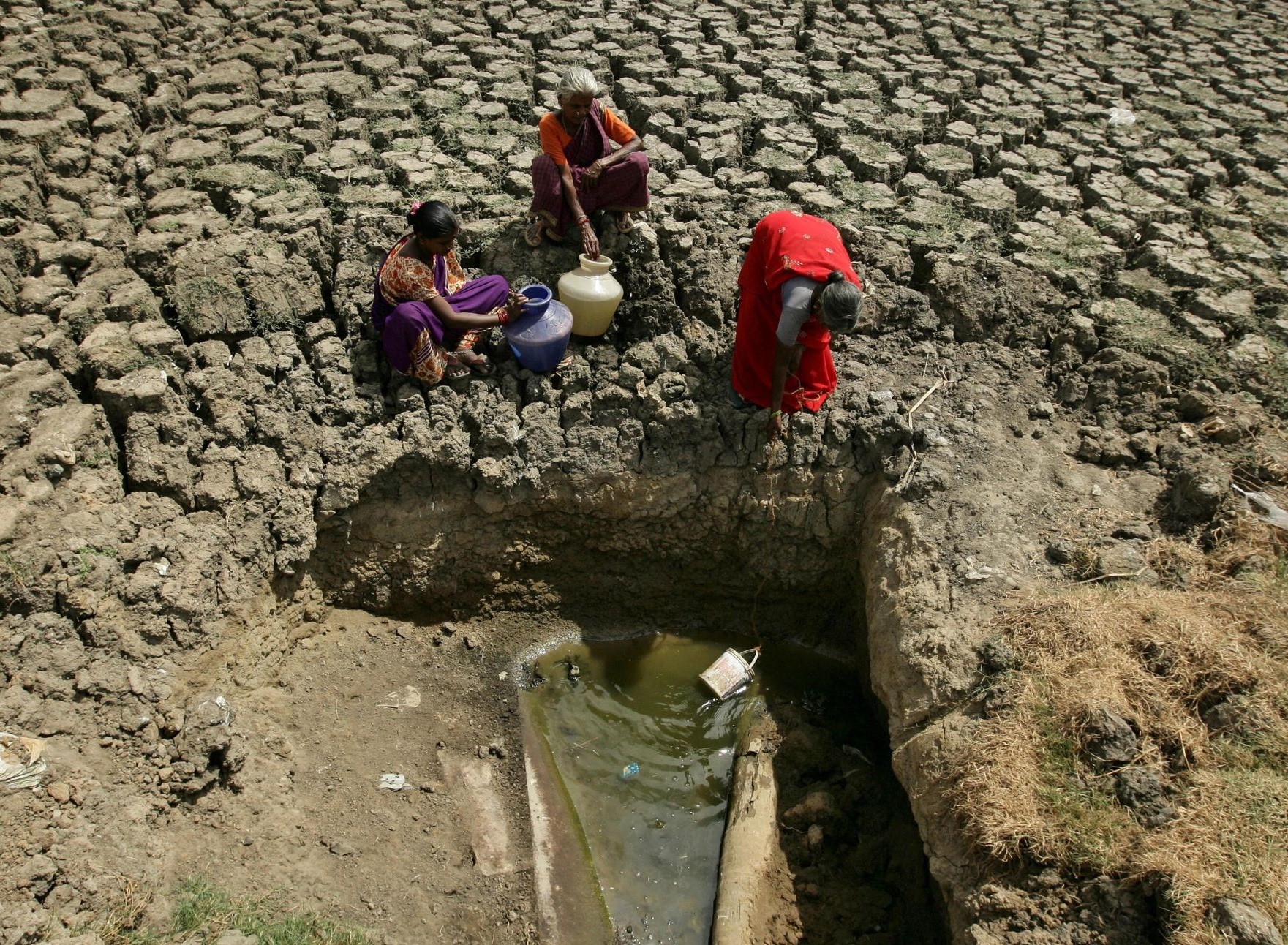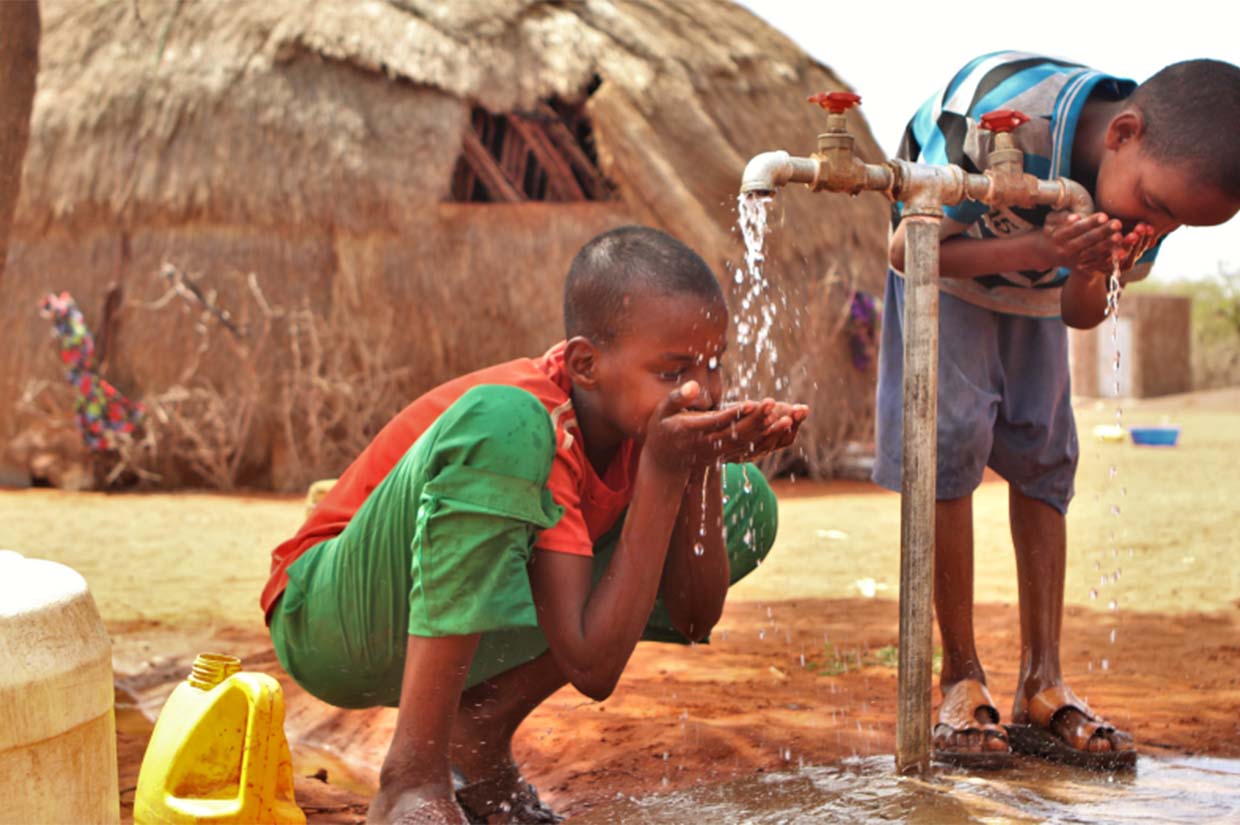As the world faces an increasingly critical need to address climate change, the impact that water conservation has on a sustainable environment is undeniable. Groundwater is the primary source of freshwater that caters to the demand of ever-growing domestic, agrarian and industrial sectors of the country. Over the years, it has been observed that the necessity for the exploitation of groundwater resources for various everyday needs, like toileting, bathing, cleaning, agriculture, drinking water, industrial and ever-changing lifestyles with modernization is leading towards tremendous water wastage. Though many technological devices are being developed to minimize the water wastage, the impact will be greater if every individual contributes to water conservation by minimizing or optimizing groundwater usage for daily activities. Today, water conservation at individual level has become very critical. Our water resources are depleting each year. Additionally, we cannot generate artificial water and must depend on water sources available on our planet earth. Due to population boom and excessive need of water to suit our ever-expanding modern lifestyle, water scarcity is felt all over the world. This has given rise to major concerns over water conservation. In this context, adopting rainwater harvesting and recharging groundwater is one of the simplest and best measures in conserving water globally. This practice can efficiently be implemented in lieu of traditional water supplies that are currently on the verge of tapping out.
Rainwater harvesting; a direct answer to water woos..
Rainwater harvesting is a simple strategy by which rainfall is gathered and stored for future usage. The process involves collection and storage of rainwater with help of artificially designed systems, that runs off natural or man-made catchment areas e.g. rooftop, compounds, rocky surface, hill slopes or artificially repaired impervious/semi-pervious land surface. The collected rainwater from surfaces on which rain falls may be filtered, stored and utilized in different ways or directly used for recharge purposes. Rainwater Harvesting is unrestricted from any kind of impurity, with relatively less storage cost and no maintenance cost involved except for periodical cleaning. With depleting groundwater levels and fluctuating climate conditions, this measure can go a long way to help mitigate the adverse effects rising water scarcity. Reserving rainwater can help recharge local aquifers, reduce urban flooding and most notably, ensure water availability in water-scarce zones.

Photo courtesy: https://gosmartbricks.com/
Advantages of implementing rain-water harvesting:
- Economical benefit : Reduced Water Bills
Rainwater harvesting systems are cost-effective, provide high-quality water, lessens dependence on wells and are considerably easy to maintain since they are not utilized for drinking, cooking or other sensitive uses. The all-around expenditures used in setting up harvesting methods are much cheaper compared to other purifying or pumping means. The cost of recharge to the subsurface reservoir is also lower than the surface reservoirs.
- Ecological benefit : Nurtures Nature
Storing water underground is environment-friendly. The ecological benefits of rainwater harvesting are immense. It minimizes the impacts of flooding by funneling the off water into large tanks for recycling and helps reduce the load placed upon drainage systems. No land is wasted for storage purpose and no population displacement is implicated therefore, groundwater is not directly exposed to evaporation and pollution. Additionally, it helps minimize the possibility of rivers drying up.
- Environmental benefit : Reduces erosion and flooding around buildings
It reduces soil erosion and flood hazards by collecting rainwater and reducing the flow of stormwater to prevent urban flooding. Most buildings that utilize rainwater harvesting systems have a built-in catchment area on top of the roof, which has a capacity of collecting large volumes of water in case of rainstorms.
- Energy benefit : An adequate means for Irrigation purpose
Harvesting rainwater allows the collection of large amounts of water and mitigates the effects of drought. Most rooftops provide the necessary platform for collecting water. Rainwater is mostly free from harmful chemicals, which makes it suitable for irrigation purposes.
Ease of groundwater extraction
Another vital benefit is that it increases the productivity of aquifer resulting in the rise of groundwater levels and reduces the need for potable water. It is extremely essential, particularly in areas with low water levels.
There are two major techniques of rainwater harvesting.
- Rooftop rainwater harvesting
Rooftop rainwater flows away as runoff, this fresh and pure water must be stored for future use. Surface water can be stored by diverting the flow of small creeks and streams into reservoirs on the surface or underground. It can provide water for farming, for cattle and also for general domestic use. Surface runoff harvesting is most suitable in urban areas.
Rooftop rainwater/storm runoff can be harvested in urban areas through:
- Extraction Borewell
- Recharge Pit
- Recharge well
- Tubewell
- Dug Well

- Groundwater recharge
Groundwater recharge is a hydrologic process where water moves downward from surface water to groundwater. Recharge is the primary method through which water enters an aquifer. The aquifer also serves as a distribution system. The surplus rainwater can then be used to recharge groundwater aquifer through artificial recharge techniques.
Rainwater in rural areas can be harvested through:
- Injection recharge well
- Open recharge structures
- Gully Plug
- Surface pond water recharge
- Contour Bund
- Dugwell Recharge
- Percolation Tank
- Check Dam/Cement Plug/Nala Bund
- Recharge Shaft

Although rainwater harvesting measure is deemed to be a desirable concept since the last few years, it is rarely being implemented in rural India. Different regions of the country practiced a variety of rainwater harvesting and artificial recharge methods. Some ancient rainwater harvesting methods followed in India which includes Madakas, Ahar Pynes, Surangas, Taankas, etc.
Examples of Traditional water harvesting system in India
Trans-Himalayan Region
Zing -Tanks for collecting water from melted ice in Ladakh.
Western Himalayas
Kul -Water channels in mountain areas of Jammu, Himachal Pradesh.
Naula -Small ponds in Uttaranchal.
Eastern Himalayas
Northeastern Hill Ranges
Apatani system -Terraced plots connected by inlet and outlet channels in Arunachal Pradesh.
Zabo -Impounding runoff in Nagaland
Bamboo drip irrigation – Water from streams in the hills is brought to the plains via bamboo pipes for drip irrigation in Meghalaya
Brahmaputra Valley
Dongs – Ponds in Assam
Dungs or Jampois – small irrigation channels linking rice fields to streams in the Jalpaiguri district of West Bengal
Indo-Gangetic Plain
Dighis -Small square or circular reservoir fed by canals from rivers in Delhi
Baolis – secular structured stepwells from which everyone could draw water and use for washing and bathing.
Thar Desert
Baoris / Bers -Community wells in Rajasthan
Tankas -Underground tank Bikaner in Rajasthan
Kund – a circular underground well; having a saucer-shaped catchment area that gently slopes towards the center where the well is situated.
Central Highlands
Johads -Earthen check dams in Alwar district, Rajasthan
For further insight on traditional water harvesting system in India please visit http://mahenvis.nic.in/Pdf/Report/report_nrmc_water%20harvesting.pdf
We have to act now :
Experts estimate that by 2025, 1.8 billion people will live in regions with absolute water scarcity, and two-thirds of the world’s population will be living under water-stressed conditions.
The primary driver of this water scarcity crisis is population growth; it is projected that the world population will reach 9.7 billion by 2050. In addition to the direct effect of population growth on water availability, increased demand for water also results from economic development and changing lifestyles. For example, as societies become more industrialized and personal incomes rise, there is an increase in water consumption. Industrialization has also led to a shift from subsistence farming to cash crops (which are often grown in water-intensive irrigated systems). These changes put even more strain on already limited water resources. Climate Change is also expected to exacerbate the freshwater shortage crisis, as droughts become more common and extreme weather events increase flooding and pollution. With so many factors contributing to the freshwater shortage crisis, it is clear that we must rethink our approach to water to address this pressing global issue. We can start by harvesting and storing rainwater. This guide looks at rooftop rainwater harvesting methods, highlighting what you need to get started and the different ways you can use rainwater to build a more water-resilient future.

Photo courtesy: https://www.vice.com/
Towards a water positive future :
A water positive future means having the ability to withstand and recover from disruptions to our water supply. It is a future where we are prepared for drought, floods, and any other event that might impact our water availability. One way to create a more water-resilient future is through rainwater harvesting. In many parts of the world, water is becoming an increasingly precious commodity. Droughts are becoming more common, and the water demand will only increase as populations continue to grow. We can start addressing this problem now, by rethinking our approach to rainwater harvesting.
Harvesting and collection of rainwater is an adequate strategy that can be used to address the problem of water crisis globally. The use of a rainwater harvesting system provides excellent merits for every community. This simple water conservation method can be a boost to an incredible solution in areas where there is enough rainfall but not enough supply of groundwater. It will not only provide the most sustainable and efficient means of water management but also unlock the vista of several other economic activities leading to the Empowerment of people at the grass-root level.

Photo courtesy: https://www.islamic-relief.org.uk/
Vardhman Envirotech
India’s Passionate rainwater company
